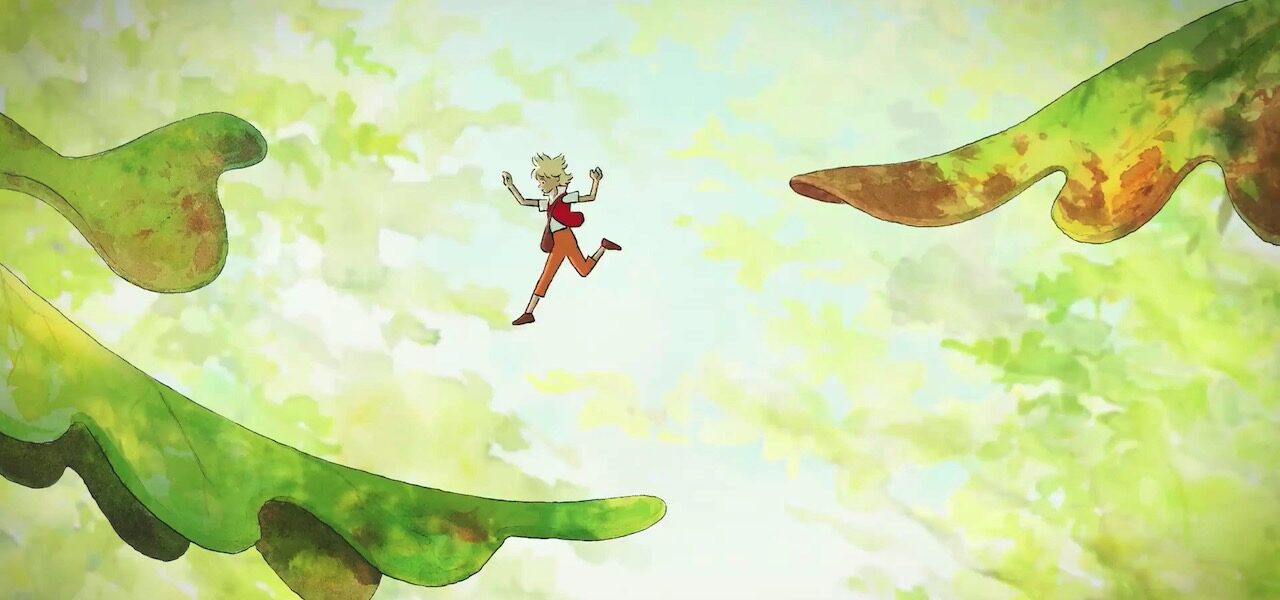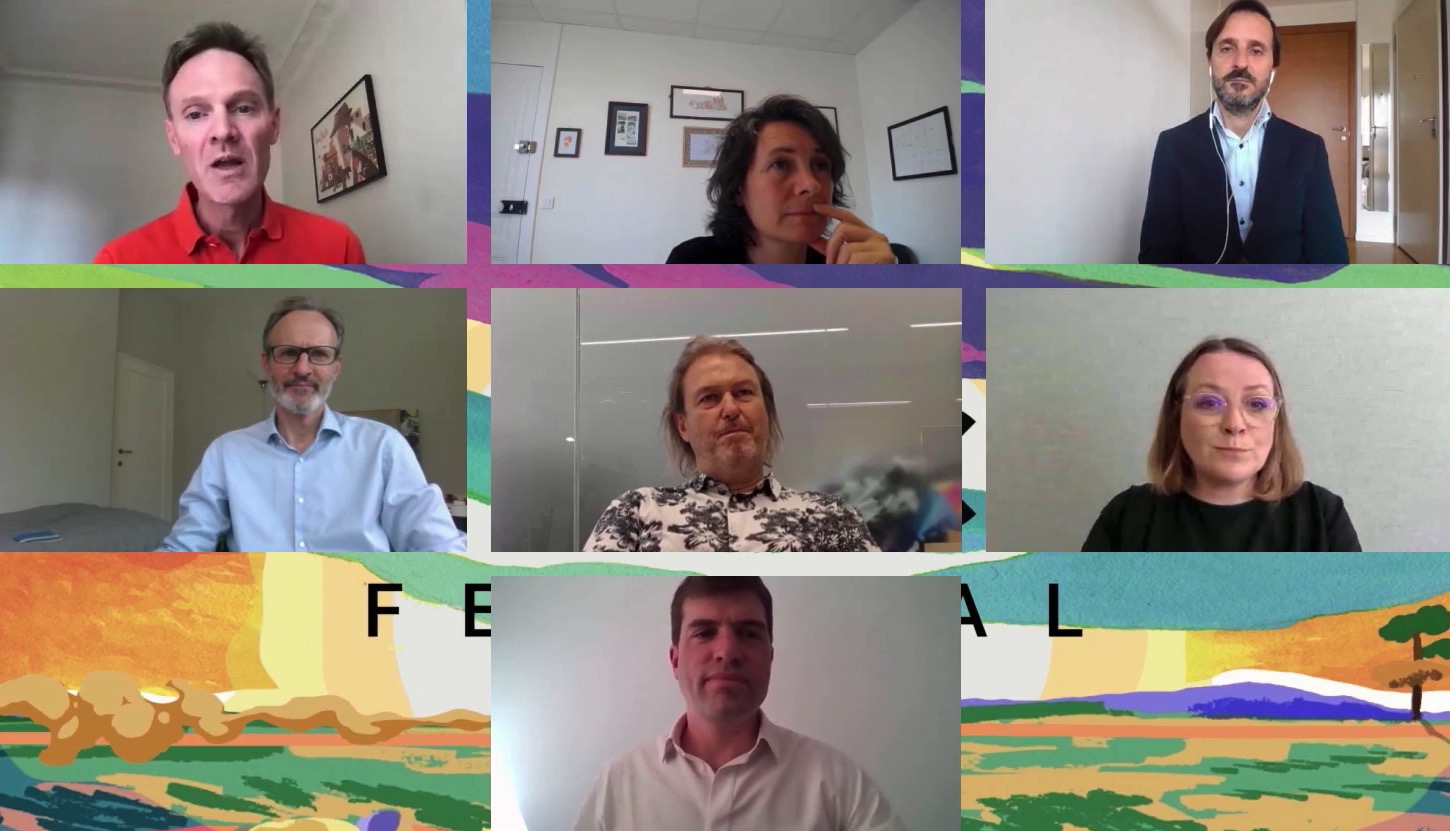

How Animation Studios Are Combating Climate Change
Ecological messages have become common — almost de rigueur — in animation, especially for families. But while characters go about planting trees or communing with sea spirits, the practices of the studios behind the shows have remained less visible.
That is beginning to change, as the urgency of the climate crisis forces a reckoning with emissions and waste in all sectors. Energy-intensive and travel-heavy, the animation industry has much to think about here, and discussions of the issue are increasingly common on festival programs. So it was at Annecy this week, where a virtual roundtable was held around the subject of studios and the climate.
The panel featured three representatives of animation studios: Delphine Maury (producer, Tant Mieux Prod), Julia Parfitt (producer/executive producer, Nexus Studios), and Guillaume Hellouin (TeamTO). They were joined by Luigi Latini of Meteo Operations Italia, a meteorological research center that has co-produced an animated series about the climate, as well as Vincent Florant and Martin Dawson, of the CNC and Creative Europe Media respectively.

Ironically, nobody directly addressed the fact that they were attending a virtual version of Annecy, which reduces their carbon footprint by eliminating travel. Will these companies all go to the festival’s next onsite edition? If so, with the same number of staff as in the past?
In fairness, the question of flying was brought up, alongside many other subjects. The studio reps spoke about their systems for measuring emissions and creating policies accordingly. Here are six topics on which they made interesting specific points …
- Air travel: This is the biggest source of Nexus’s emissions, says Parfitt. Much of it is accounted for by the sales and marketing team. The company’s in-house environmental team has set about re-evaluating every trip, and asking “whether we can do it over a Zoom call.”
- Commuting: TeamTO is currently scouting sites for a new studio in Paris. Hellouin says the company has mapped its Parisian staff’s local subway stations, and is using an algorithm to find the optimal office location to encourage commutes by bike.
- Recycling: Nexus strives to recycle all hardware, often by donating it to schools, Parfitt explains. She singles out lunchtime waste as a problem: the studio is large, yet it has no fully-functioning kitchen. “There’s an issue with takeaways and there’s an issue with packaging that we really need to focus on and address,” she says.
- Merchandise: On Maury’s initiative, Tant Mieux Prod’s forthcoming series Tobie Lolness, which itself has a strong ecological message, will have no merchandising. “We don’t want all these objects to end [up] in the ocean or poor countries as garbage,” she explains. Instead, Maury hopes to encourage parents to put money toward tree-planting schemes.
- Rendering: This, combined with cooling, is TeamTO’s greatest source of emissions. The company has turned to experimental solutions. One involved using the heat of a render farm to keep a swimming pool warm (but the company behind that scheme has since gone bust, says Hellouin). More recently, TeamTO has used free-cooling methods, including through the use of water from Paris’s Seine river.
- Onscreen: It almost goes without saying, yet most of the panellists mentioned it: what you show in your films and series can send a strong message, whether you make your main character a climate activist or simply show more greenery than in the past. Latini makes an important point that is often skated over: if kids are educated about the climate by a show, they may well pass what they’ve learned on to their parents.
Image at top: “Tobie Lolness”
